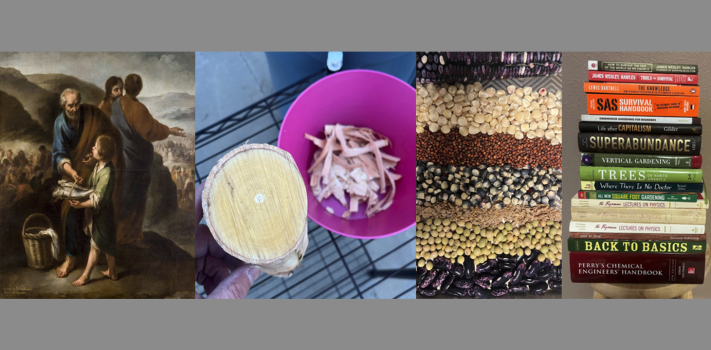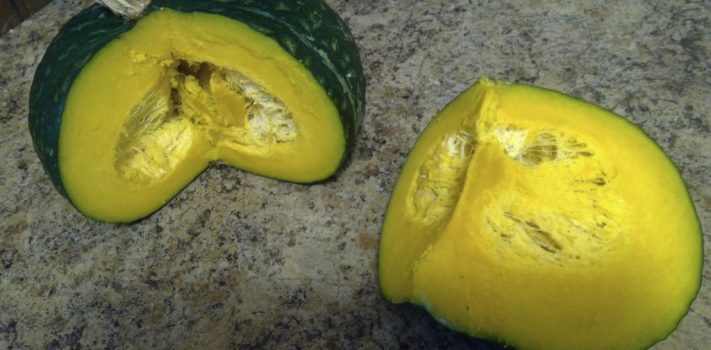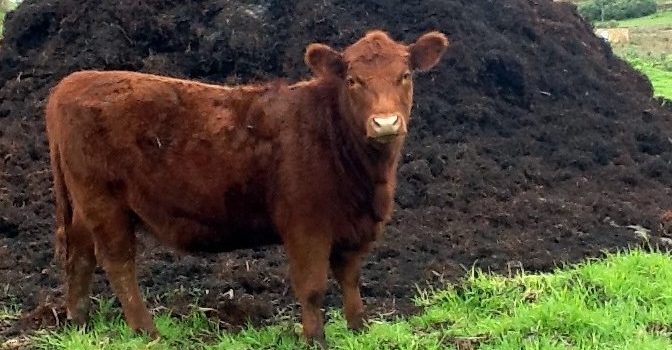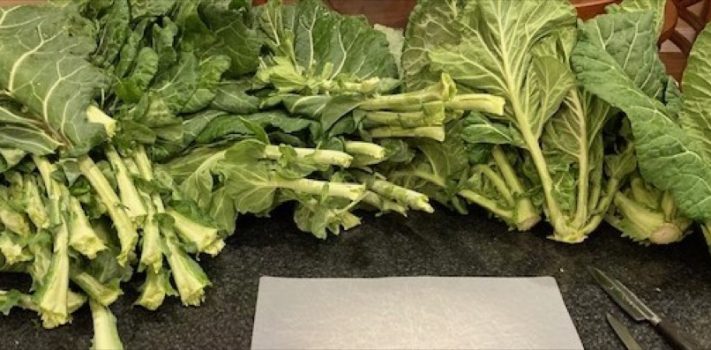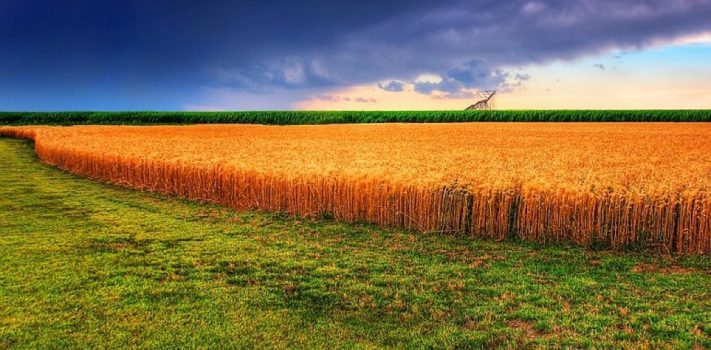A Top-10 Prepping List, Multi-Tool Not Included – Part 5, by St. Funogas
(Continued from Part 4. This concludes the article.) 9. CLOTHES AND A WAY TO WASH THEM It’s hard to believe how many top-10 lists mention ferro rods, manual can openers, plant-identification books, and the ever-present multi-tool without ever mentioning clothes or washing equipment. Clothes last for quite a while if we’re sitting in an office all day but they won’t lost long when manual labor becomes a daily routine. Since we’ll be wearing them at some future point anyway, it’s a good idea to be stocking up on clothes for all of the inflation-fighting reasons already mentioned. At the same …


